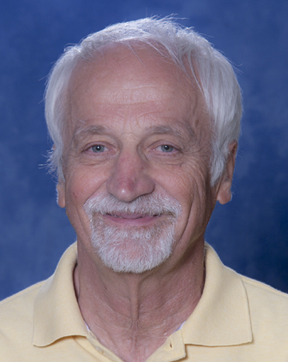 Senior Research Scientist Dr. Jozsef Kota retired from LPL this spring (2019). Dr. Kota began his career at LPL in 1996 as a Staff Scientist; however, Jozsef has been working at or with LPL since 1985 under the title of Visiting Scientist.
Senior Research Scientist Dr. Jozsef Kota retired from LPL this spring (2019). Dr. Kota began his career at LPL in 1996 as a Staff Scientist; however, Jozsef has been working at or with LPL since 1985 under the title of Visiting Scientist.
Dr. Kota received his Ph.D. in Physical Sciences from Roland Eötvös University (Budapest, Hungary) in 1980. His research interests include galactic and anomalous cosmic rays in the heliosphere and solar modulation and anisotropies of cosmic rays; theoretical and numerical modeling of the transport and acceleration of charged energetic particles; space weather; solar energetic particles; solar wind and modeling the evolution of shock waves; and the interaction of solar wind and interstellar matter.


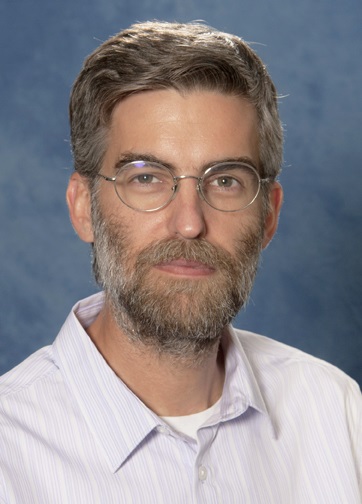
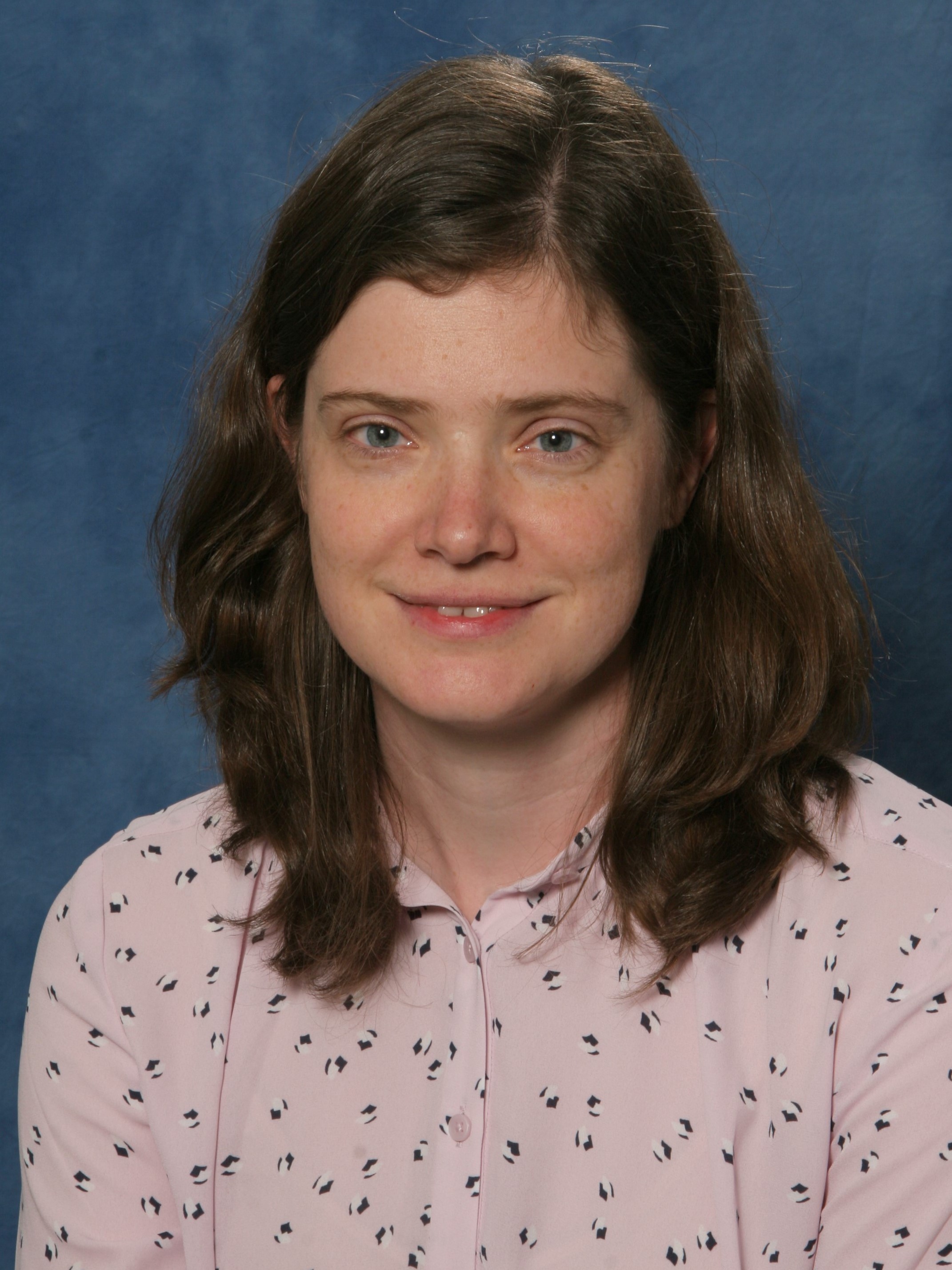
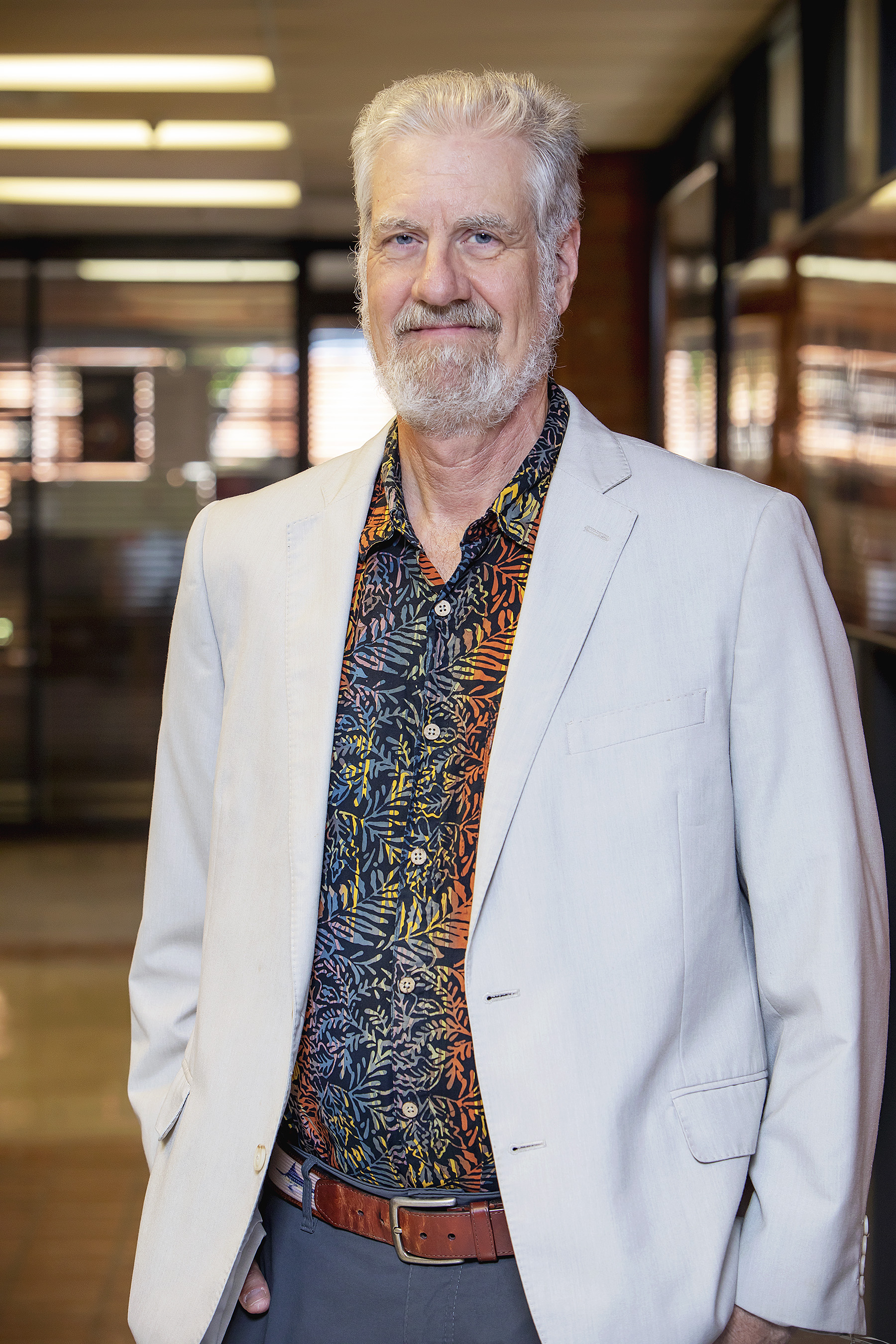 LPL is proud to announce that
LPL is proud to announce that 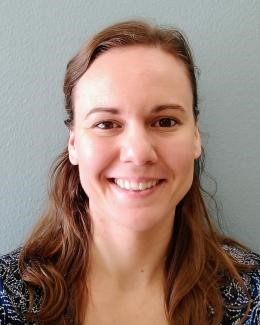
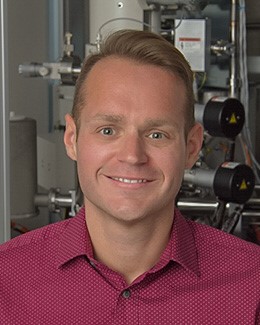 Dr. Pierre Haenecour
Dr. Pierre Haenecour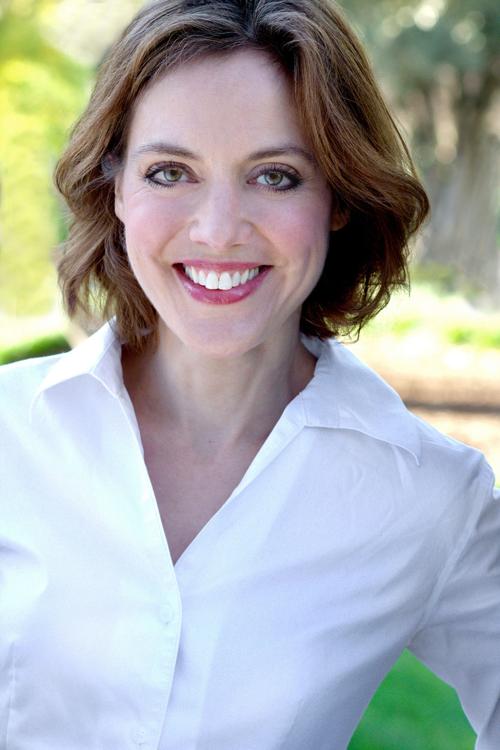
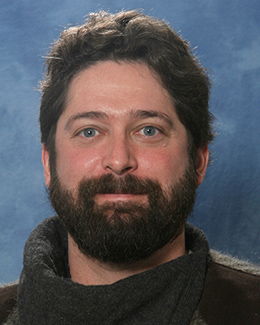 Kudos to
Kudos to 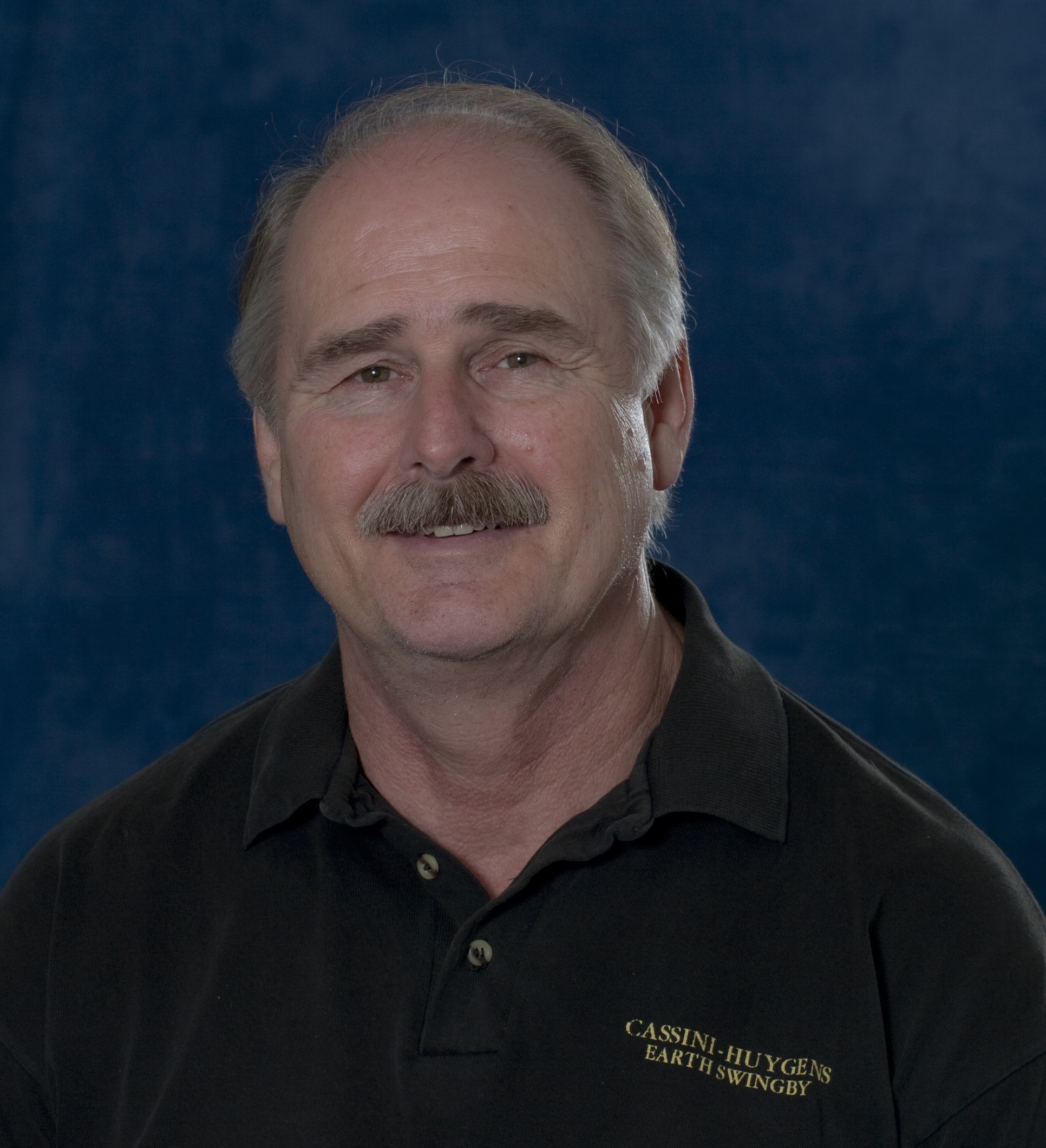
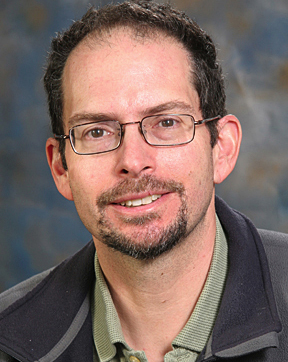 Kudos to Jonathan Lunine, who was awarded the International Academy of Astronautics' 2009 Basic Science Award. This award is given annually for outstanding achievement in basic science. Previous recipients include Robert Wilson, Roger Bonnet, Rashid Sunyaev, and Lennard Fisk. Information about the award is available on the
Kudos to Jonathan Lunine, who was awarded the International Academy of Astronautics' 2009 Basic Science Award. This award is given annually for outstanding achievement in basic science. Previous recipients include Robert Wilson, Roger Bonnet, Rashid Sunyaev, and Lennard Fisk. Information about the award is available on the 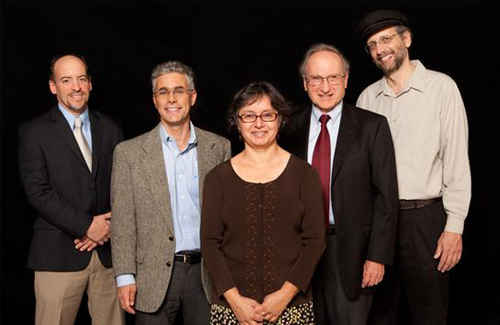
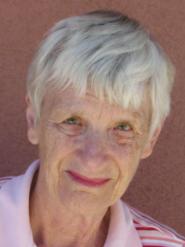 Marcia Neugebauer, LPL Adjunct Research Scientist, has received not one, but two prestigious awards. She is the recipient of the 2010 Arctowski Medal, a distinguished award presented by the National Academy of Sciences to honor outstanding contributions to the study of solar physics and solar-terrestrial relationships. This prestigious medal also comes with a cash prize and a designated amount of institutional research support. Dr. Neugebauer is also the recipient of the Hale Prize of the Solar Physics Division of the American Astronomical Society, awarded for outstanding contributions to the field of solar astronomy.
Marcia Neugebauer, LPL Adjunct Research Scientist, has received not one, but two prestigious awards. She is the recipient of the 2010 Arctowski Medal, a distinguished award presented by the National Academy of Sciences to honor outstanding contributions to the study of solar physics and solar-terrestrial relationships. This prestigious medal also comes with a cash prize and a designated amount of institutional research support. Dr. Neugebauer is also the recipient of the Hale Prize of the Solar Physics Division of the American Astronomical Society, awarded for outstanding contributions to the field of solar astronomy.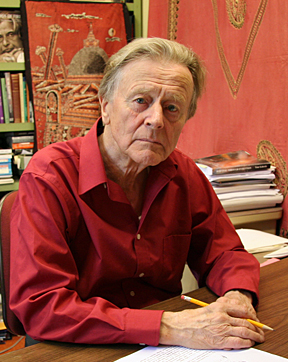 Professor Tom Gehrels was recognized for his 50 years of service at the annual University of Arizona Service Awards luncheon, held on April 13, 2011.
Professor Tom Gehrels was recognized for his 50 years of service at the annual University of Arizona Service Awards luncheon, held on April 13, 2011.